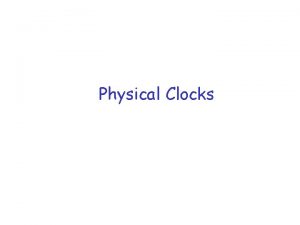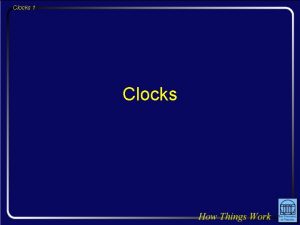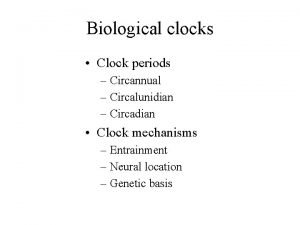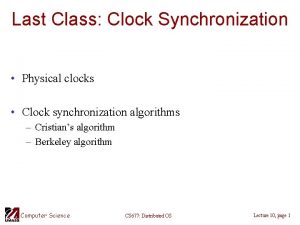4025 Play Clocks Quick Instruction for play clock






- Slides: 6

40/25 Play Clocks Quick Instruction for play clock operators

New 40 Second Play Clock • Play clocks will now have both a 40 second and 25 second option. • Play clock operators will need to be familiar with when to use a 40 second play clock and when to set the play clock to 25 seconds. • Biggest change this year is you will no longer be watching only the Referee for when to start the play clock • 40 Second Play clock will start when: The covering official signals one of 4 signals to show the down has ended. • 25 Second Play Clock will start when: The referee blows his whistle and either gives signal 1 or Signal 2 (Just like the past)

When to start the 40 second clock • Once the ball becomes dead at the end of the down and the same team that had possession will be next to put the ball in play. Example: Northwest High School has the ball and either: 1. Remains inbounds after a run or completed pass 2. Goes out of bounds after a run or a completed pass 3. Throws an incomplete pass 4. Fumbles the football, but regains possession • Once you see the signal from the covering official, you will count oneone-thousand then start the 40 second play clock.

Signals to end a down and start 40 second clock Incomplete Pass Raised hand to mark spot of inbounds ball carrier Winding arm to signify inbounds ball carrier near sideline Time-out signal to signify ball carrier out of bounds

When to use the 25 second play clock • • • • After any penalty When play is stopped for an injured player, or any officials time out After a score After a time-out for either team Players helmet coming off After measuring for a first down Team possession changes. After any kick Start of a series in overtime An inadvertent whistle An untimed down Any administrative stoppage On an extra point On a kickoff

Helpful Hints • Once the play starts, always reset the play clock to 40 seconds to be ready to start it. You will have time if you need to reset it to 25 seconds • The referee will give a one handed “pump” or push up to signify that you need to set the play clock to 25 seconds. • It is important that the same individual does not run both the play clock and game clock during the game.










